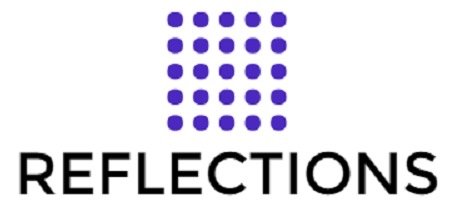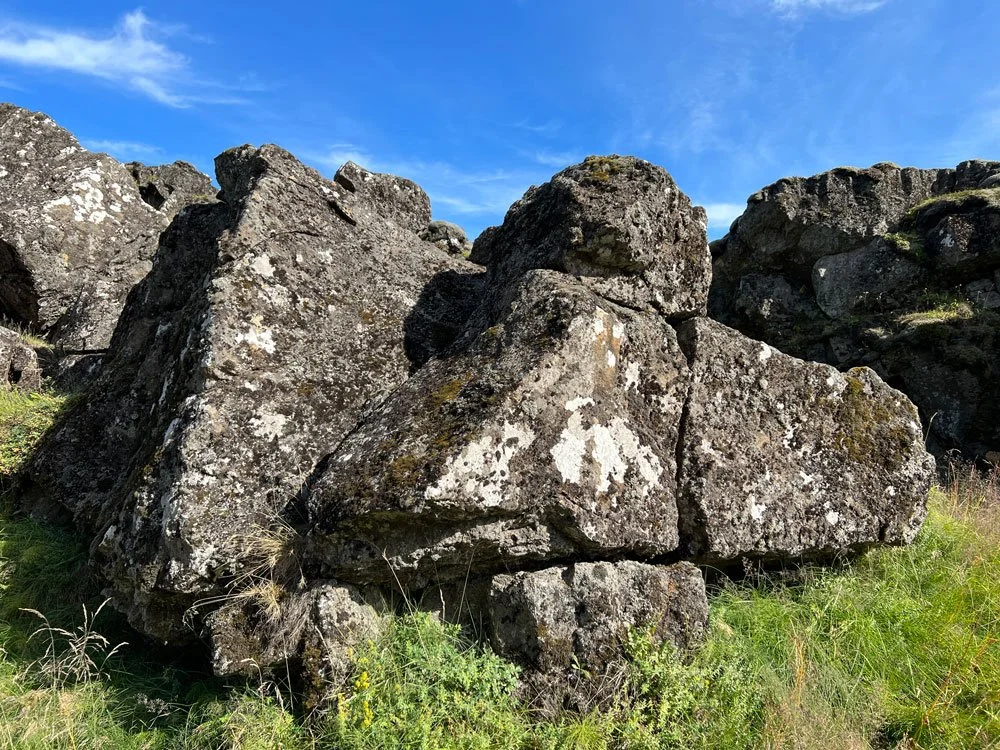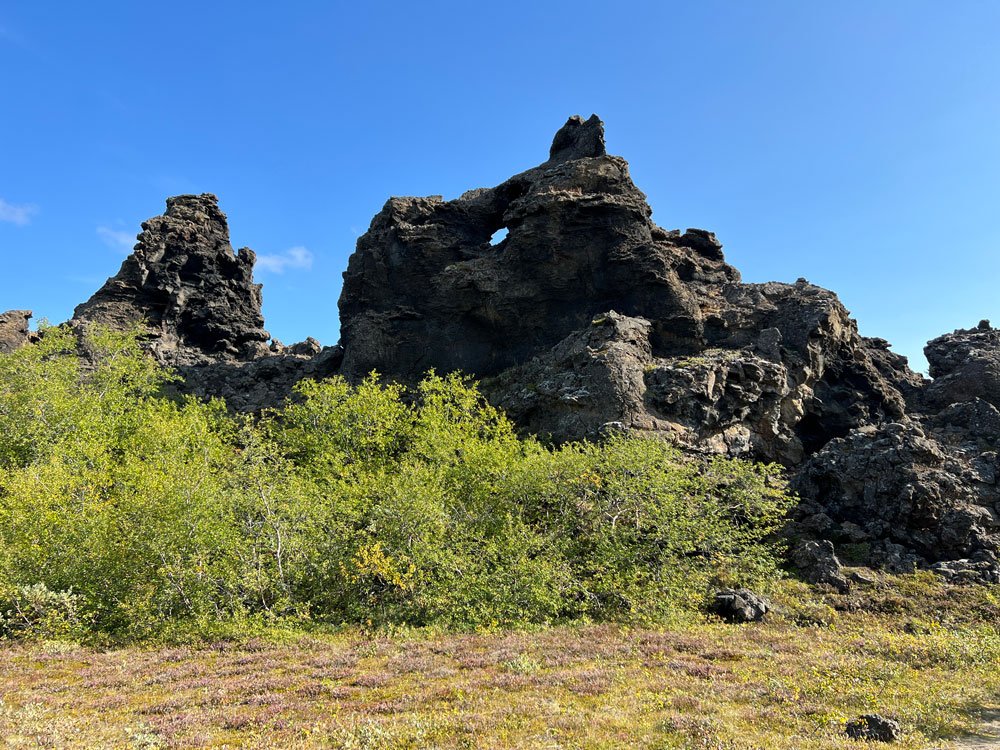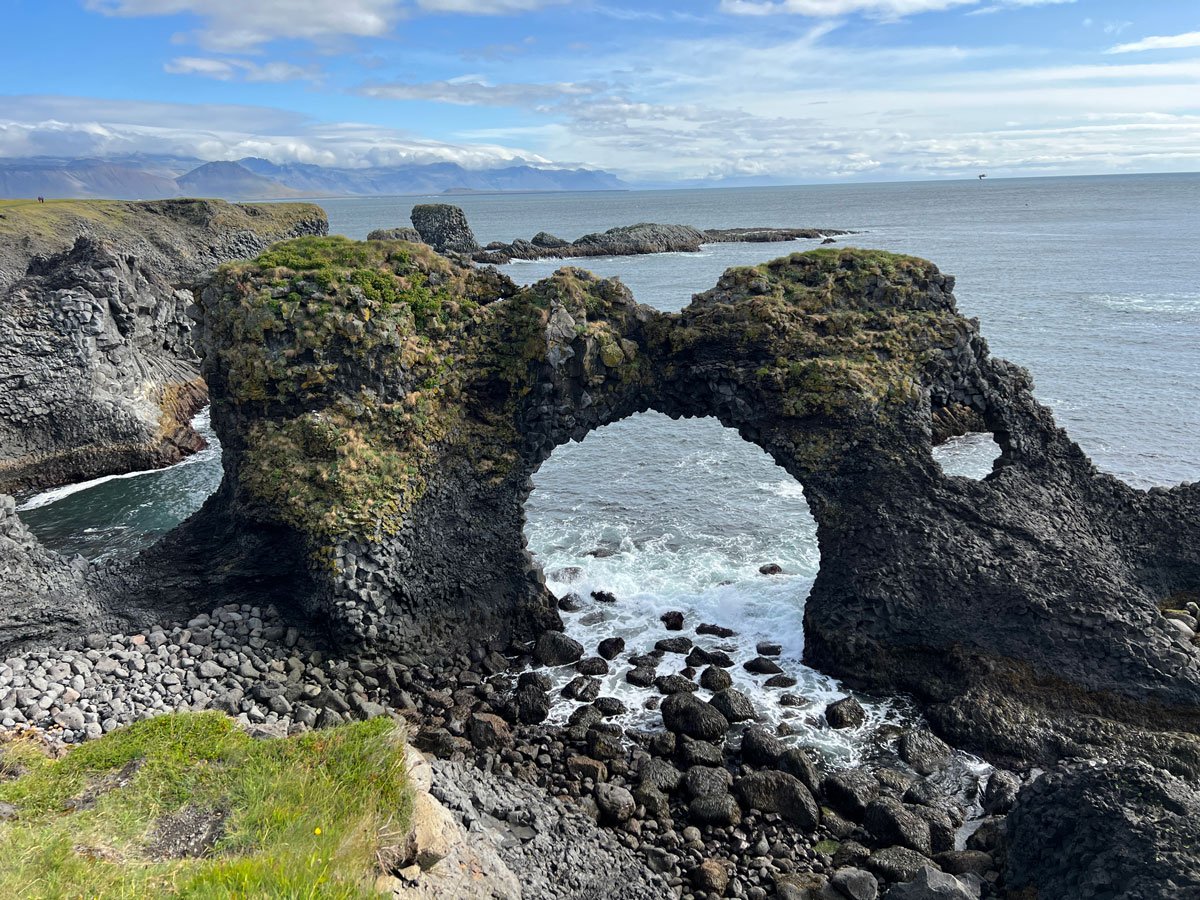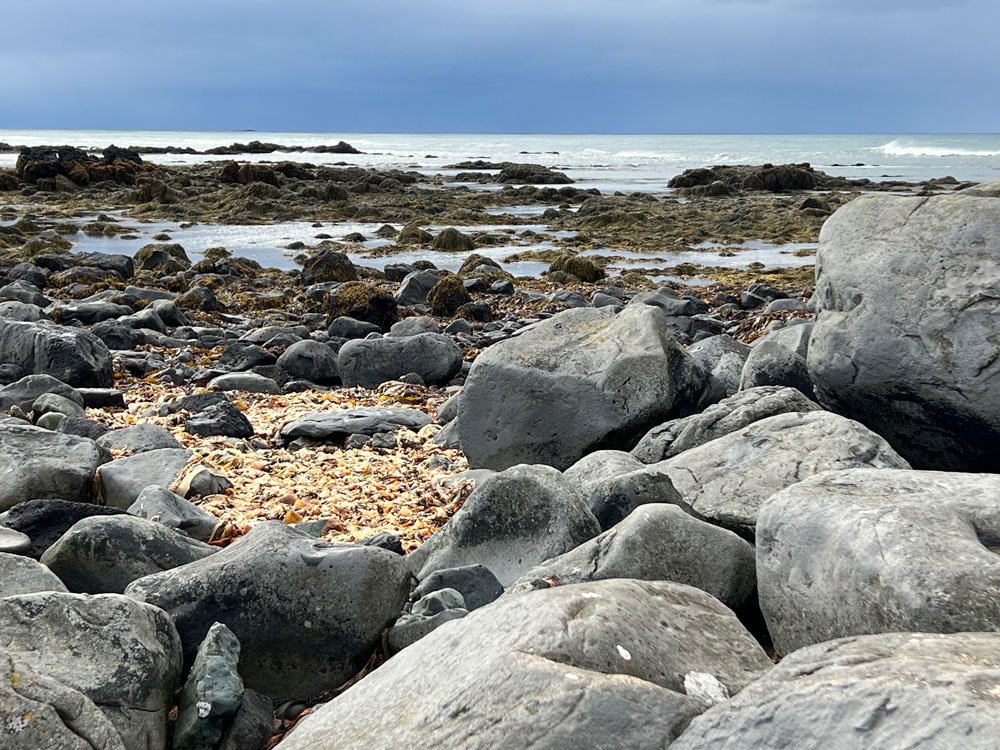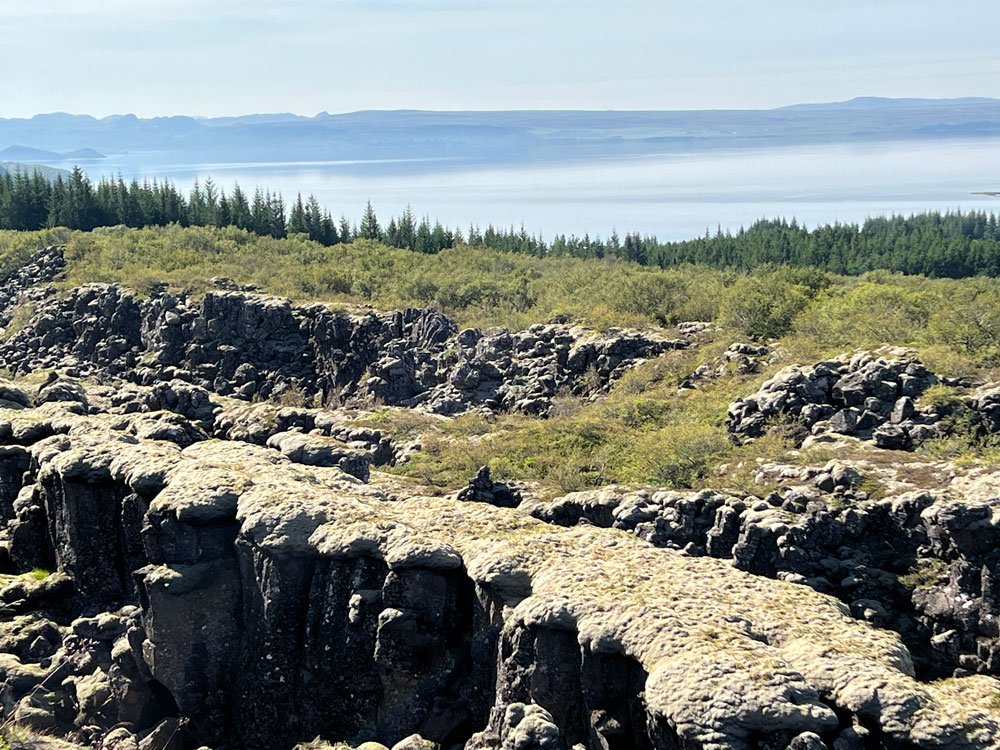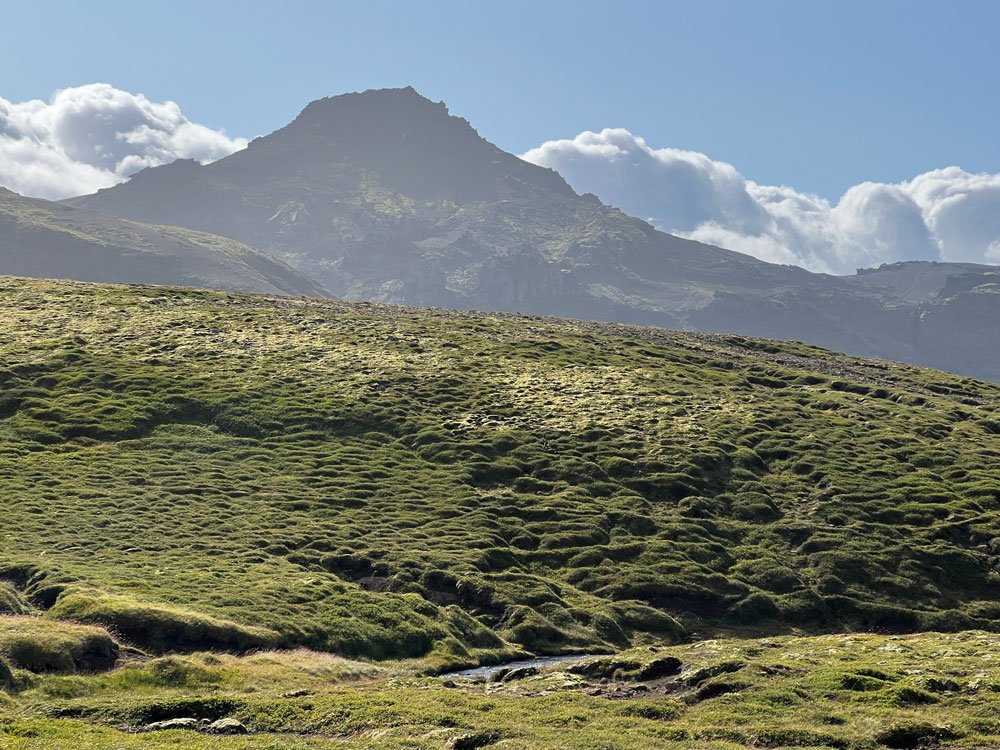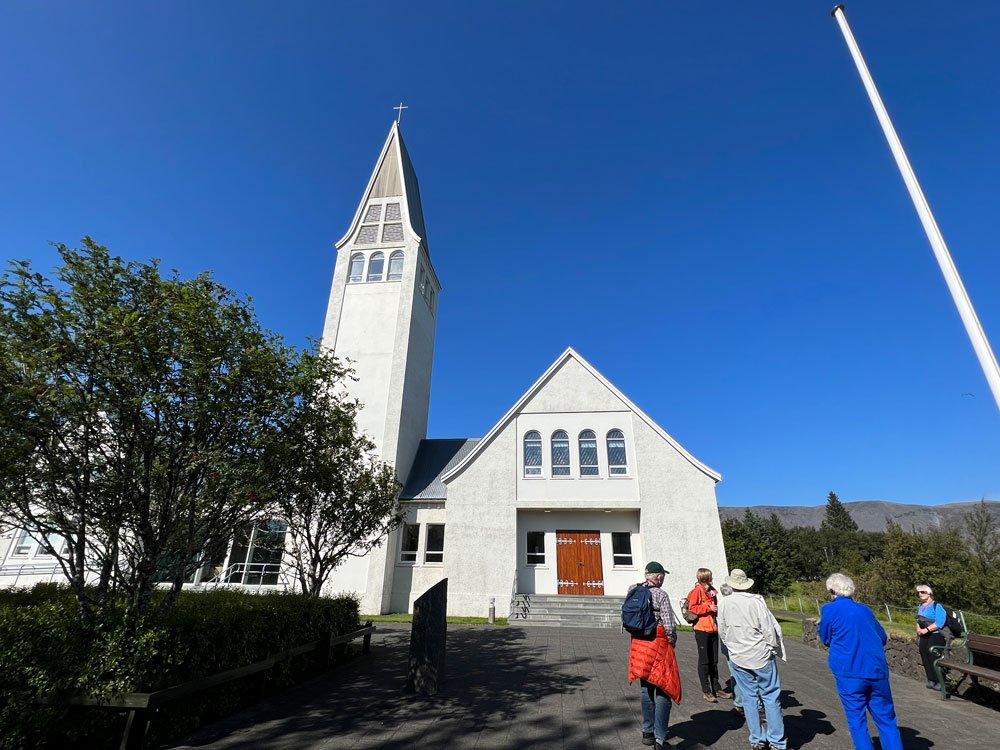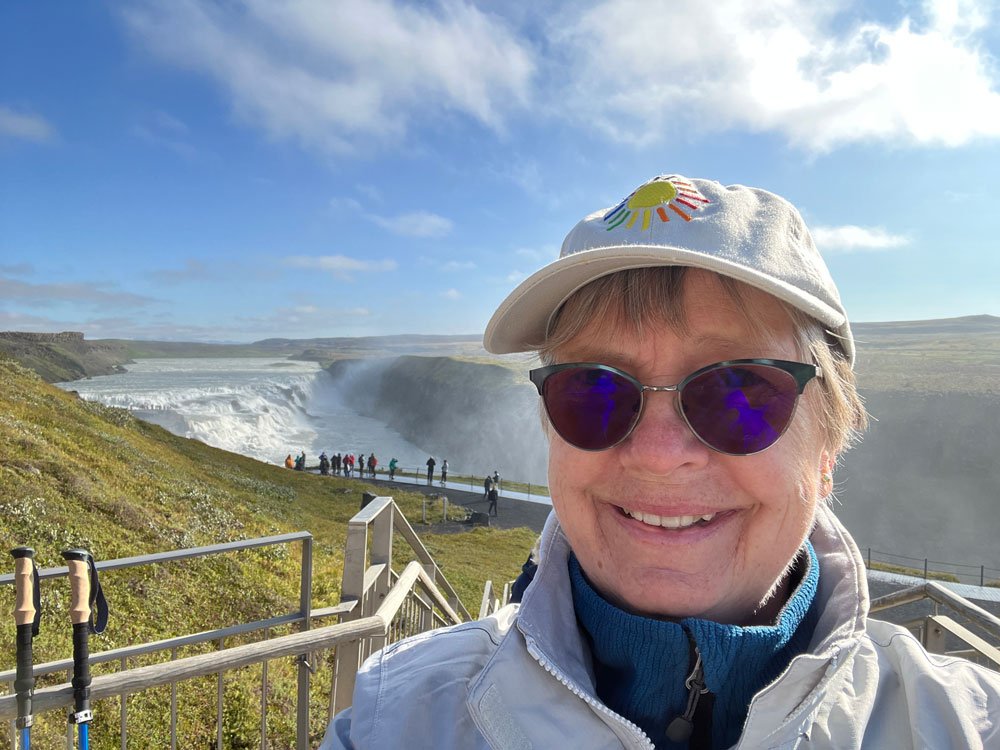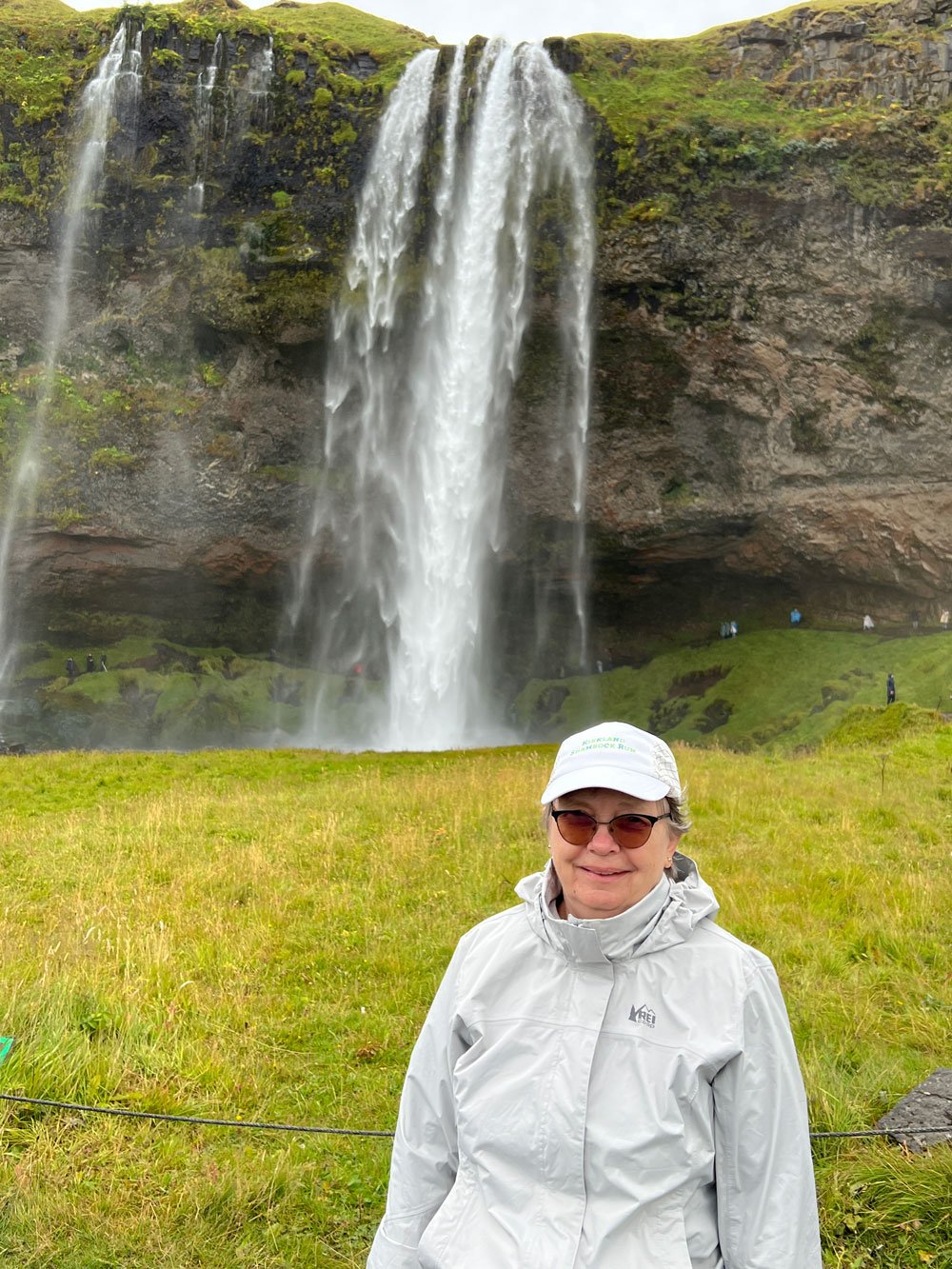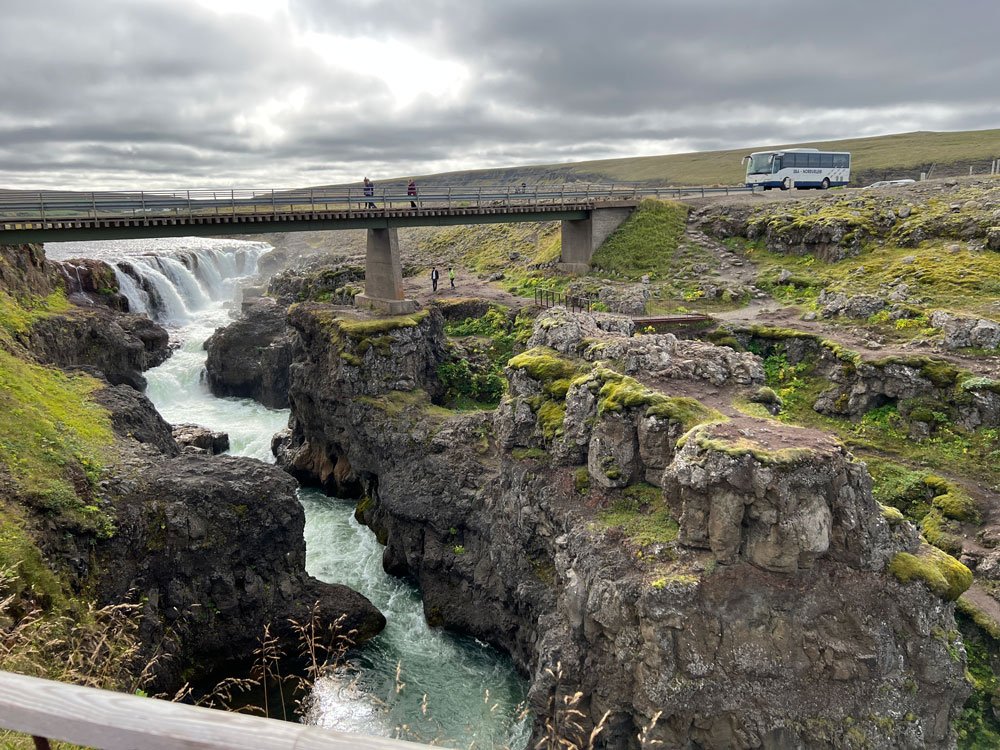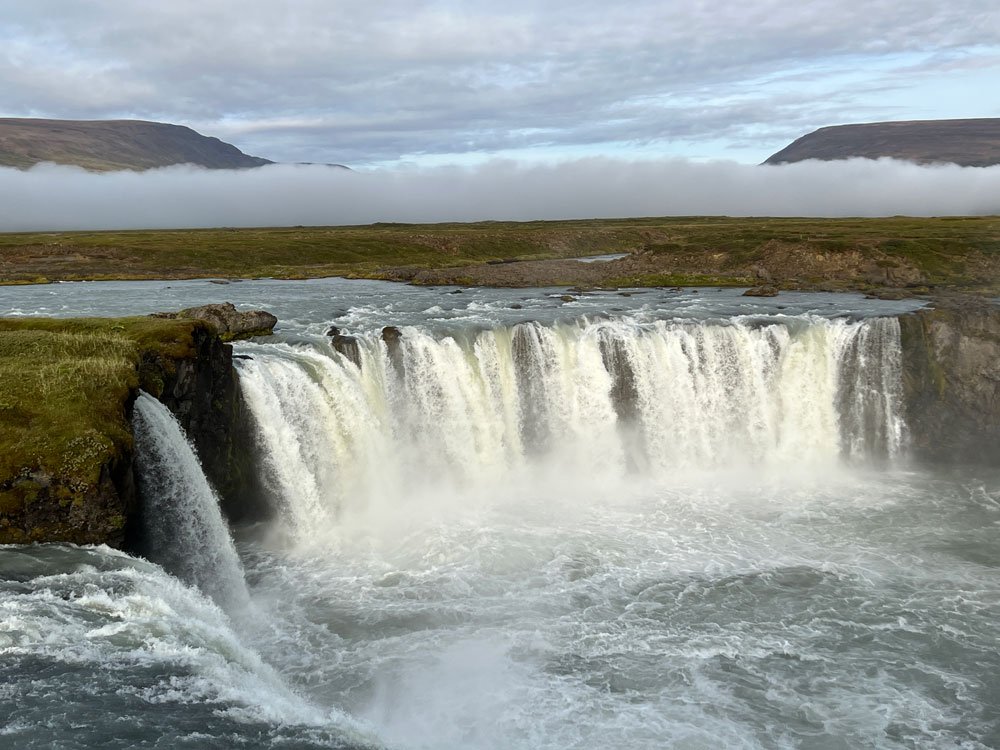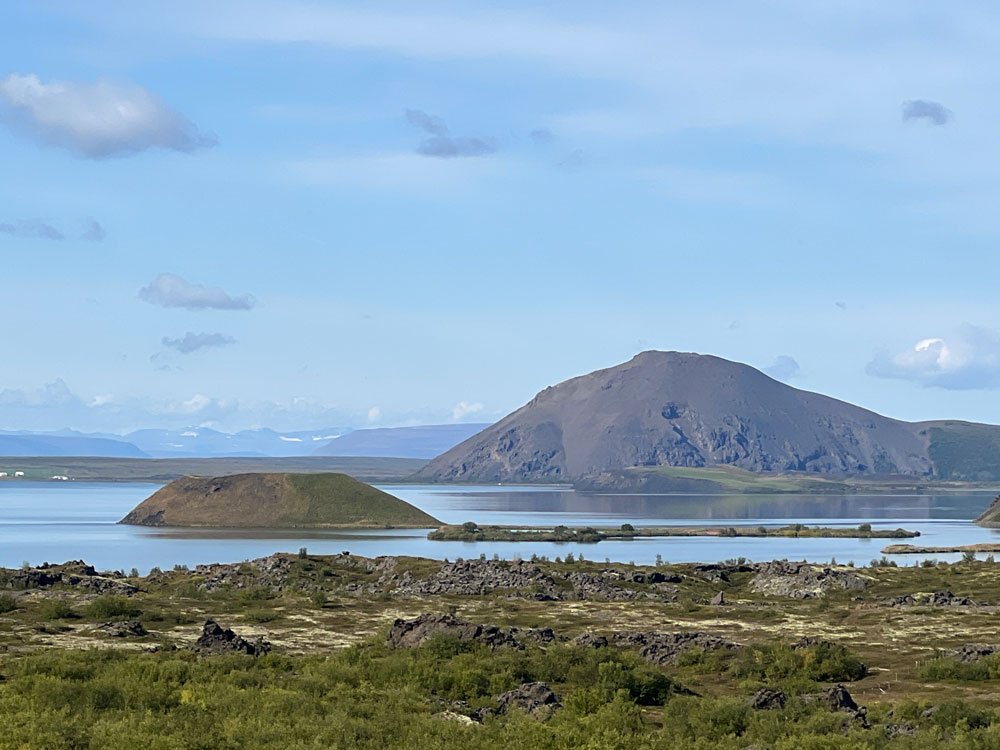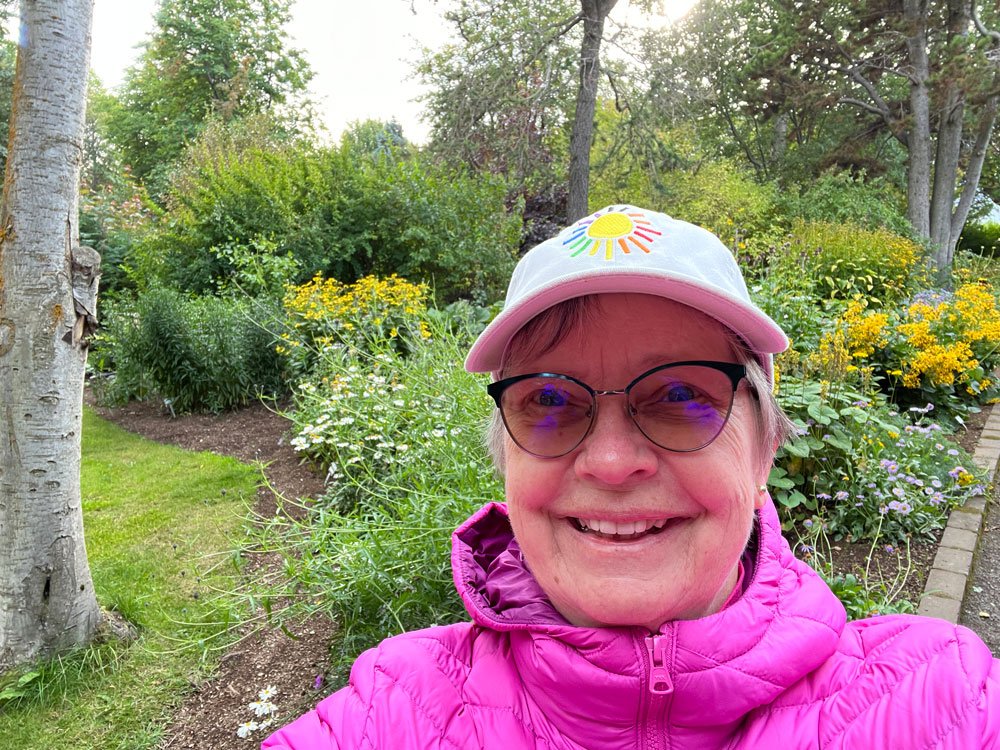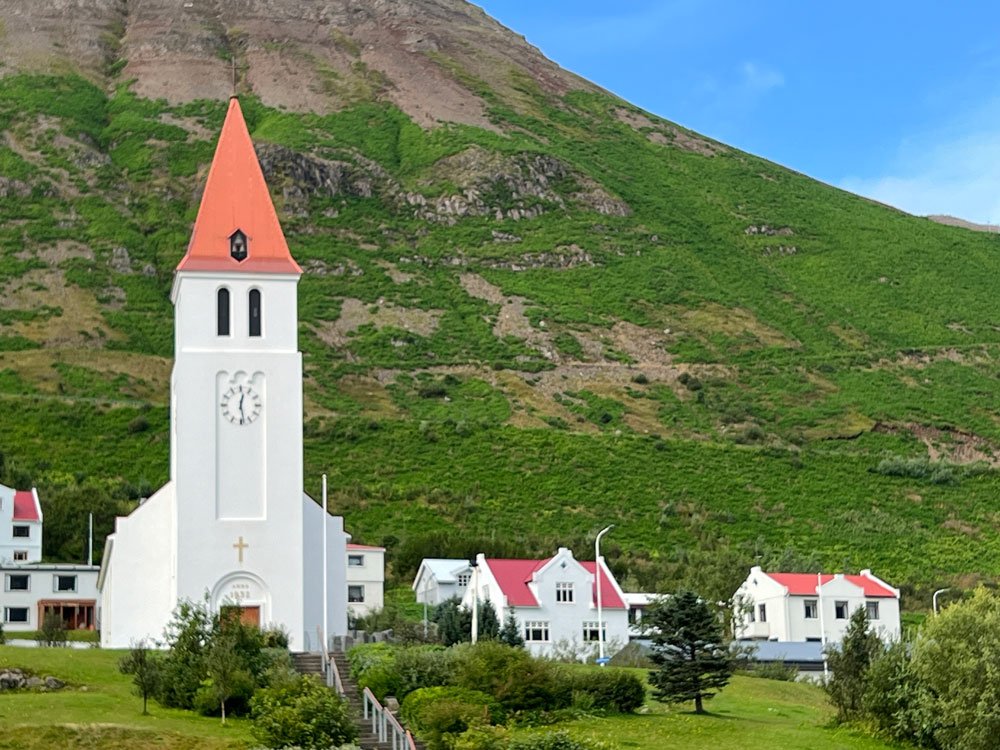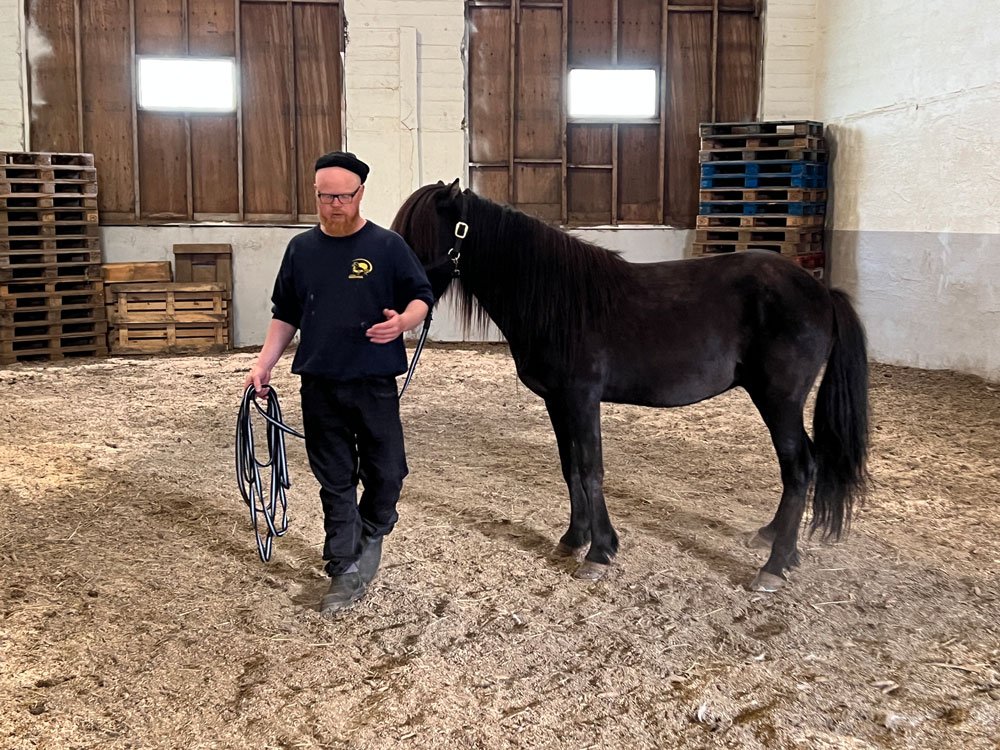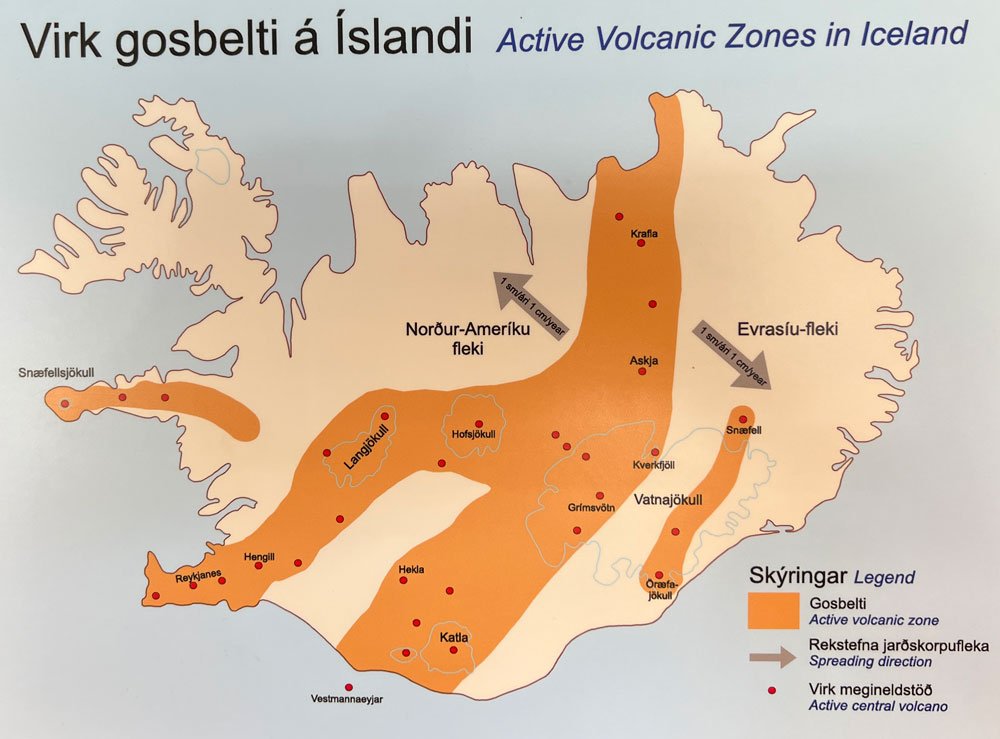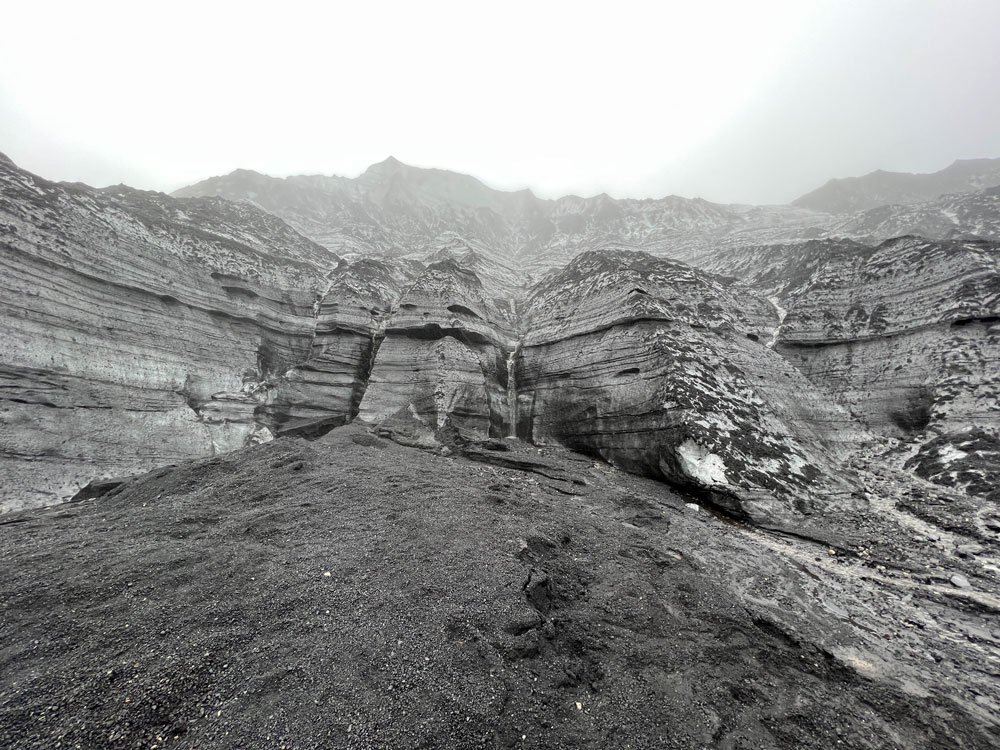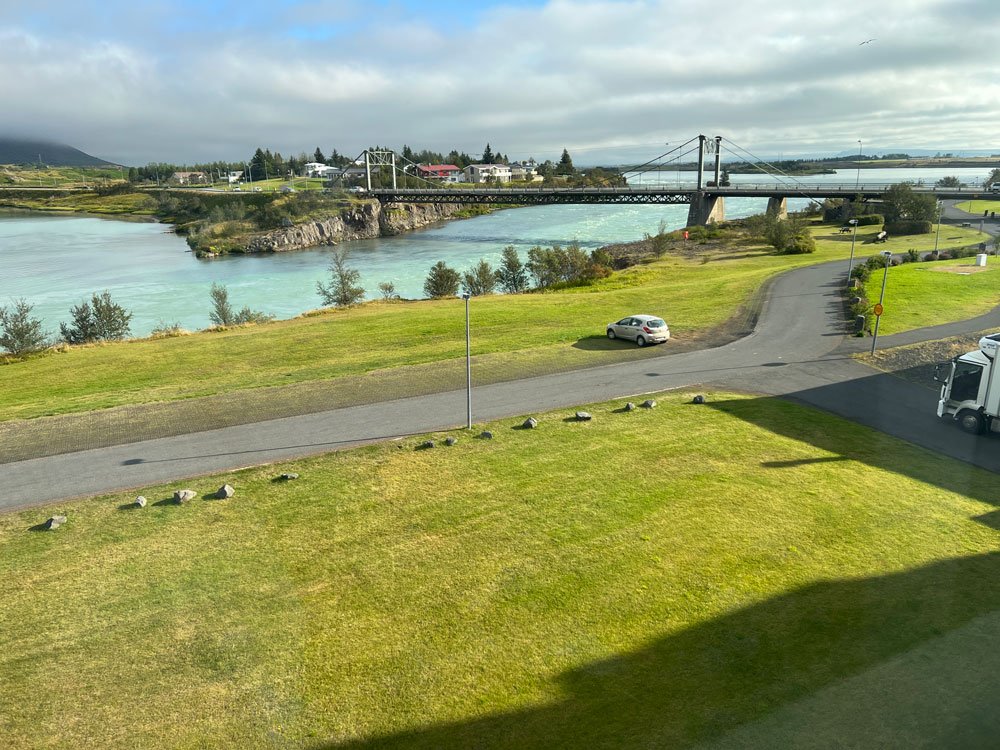Iceland: A Delightful Place to Visit
Iceland: A Delightful Place to Visit
My husband and I signed up for an Overseas Adventure Travel trip to Iceland almost by accident. My only thoughts about Iceland previously were the result of many friends posting waterfall pictures on Facebook (when I still had a FB account) and hearing about Iceland (on a prior trip to Canada) as a jumping off point for Vikings who traveled to North America. I had other trips planned, including one to the American South to learn more about civil rights history. Unfortunately, the civil rights tour, which I signed up for years earlier, was postponed several times by the tour company and ultimately cancelled. I was left with a credit at O.A.T that I was determined to use up promptly with, hopefully, no further travel revisions. As I was pondering what to do, I received an advertisement for an Untamed Iceland tour with a promised price reduction. I jumped at the opportunity to travel to a country that was new to me and that I knew my friends had enjoyed visiting. My husband and a friend from high school shared my enthusiasm, so we all signed up, even though my friend was traveling in Egypt at the time with limited phone and e-mail access. The travel group was limited to 16 participants and there were only a few spaces available so we felt we needed to make some quick decisions.
My friend Sue arrived a day early at Keflavik Airport, 30 miles to the West of the capital city of Reykjavik. She sent me an e-mail to let me know she had made it to our hotel in the City of Selfoss, 62 miles to the East, where we were scheduled to stay for three nights. Her first impression was that the scenery looked like a moonscape. My husband and I had the same impression when we arrived. Later we learned that the Keflavik Airport had originally been an American Military base, constructed during World War II. It was intentionally located away from the cities. We also learned that the middle of Iceland’s Highlands was selected as a training site by NASA for the 1969 flight to the moon, since the rocks and soil were thought to be similar to the moon’s surface. The book How Iceland Changed the World has a whole chapter discussing the experiences of the astronauts training there. Author Egill Bjarnason states:
The term “lunar landscape” is a phrase often used to describe the boundless Icelandic deserts, shaped by volcanic eruptions and covered in different shades of lava. The volcanic regions of Iceland are great training fields “owing to their desiccation, low nutrient availability, and temperature extremes, in addition to the advantages of geological youth and isolation from sources of anthropogenic contamination” according to a 2018 NASA document.
Sue’s initial impression got me a little worried. I was concerned I had enticed her to come on a trip featuring rocks and sand and little else. Our bleak, mostly black and white introduction to a country of nearly 400,000 friendly and resilient people, made us appreciate even more all the wonders that awaited us in the remaining 13 days of our trip.
The Facebook posts of my friends, featuring numerous waterfalls, were not misleading. It seemed like a waterfall or two or three were on the itinerary almost every day of the trip. They were lovely, but also accompanied by crowds of tourists, visitor centers selling souvenirs, and occasionally muddy paths, small geysers, slippery rocks and hilly climbs to viewpoints. What a blessing it is for Icelanders to have access to such an abundance of water, but it also poses challenges. River flows can relocate as environmental changes affect the glaciers, which are the source of much of the water. For example, we learned of a huge bridge project that was completed, just as the course of a river changed, with no water going under the new bridge after the new channel was established.
Why do I describe our visit to Iceland as delightful? Travel can be stressful – long flights, strange airports, communication difficulties, odd customs, pickpockets, unfamiliar food, strange money, personal safety fears, and unfamiliar routines. One by one, most of these concerns went away on this trip. Our direct, non-stop flight from Seattle to Reykjavik was only 6 ½ hours, not much different than a trip to the East coast of the USA. With tracking devices in our suitcases, we knew our luggage got on the plane and arrived at our destination. Our guide met us at the airport and arranged transportation to the hotel. Signs at the airport were in English and everyone we encountered spoke English.
Locals were consistently friendly and helpful. We learned that there is very little crime in Iceland. We could tell how trusting people were wherever we went. We saw signs asking people to pay fees using a QR code on their phone, with no indication that payment was anything other than on the honor system. No checks are brought to the table in restaurants. The customers simply stop at the cashier desk on the way out and tell what items they are paying for. Tipping is not expected and tax is included in the prices, so no extra charges. We also saw very little graffiti or litter and little to no evidence of poverty. Credit cards and payment by phone seemed to be accepted everywhere, so we had no need to obtain local currency. Phone apps would tell us what the equivalent dollar amount was. While 80% of the population are native Icelanders, 20% are immigrants. The cuisine includes dishes from all over the world, but the most common main courses are lamb and fish, which are familiar to Americans, although often more delicious than what we’ve experienced at home.
There were many delights. Our tour guide was a poet and she often shared Icelandic stories and history in verse. At the end of the trip she gave us each a book of her poems: News Muse by Vala Hafstad. The book can be purchased on Amazon. As we departed, she said good bye to us in verse, which she told me I was welcome to share:
Our O.A.T guide Vala Hafstað and our amazing bus driver Jói.
My Farewell Letter to You
Max and Joanne, Ellie, Teri,
I’m sad you’ll be leaving soon, very.
Jeanne, Sue and Don, Linda, too,
I’ve loved every moment with you.
Margaret, Carolyn, Steve,
I will be depressed, I believe.
David, Liz, Susan, Jim, Joan.
You’re leaving me here, all alone.
Now, what can I do to feel better?
Of course… I will write you a letter,
recounting the things we have done
these weeks of continuous sun.
The story is from your perspective
That way it is much more effective
and helps us in so many ways
remember those colorful days:
We were adventurous, cheerful,
and not ever anxious or fearful.
Some of us went way too fast,
leaving all others aghast.
Dave and Don both caused collisions
by making some stupid decisions
while using the swimming pool slide.
But, luckily, no women died.
Our guide to the glacier was Ingó
He said that his name rhymed with bingo
and claimed that he’s not at all mad.
“My doctors,” he said, “they are bad.”
“If Katla erupts now, start running.
Enjoy the great view; it is stunning
I’ll leave all the slow ones behind.
Do not call me rude or unkind.”
Jói, our driver,’s amazing
and him we will never stop praising.
He drives us wherever we go.
We say, “We can walk.” He says, “No.”
“I’ll give you a ride; just be lazy.”
There simply are so many ways he
will pamper us day in, day out,
whenever we’re out and about.
Max and Joanne haven’t tarried.
This year, in a haste, they got married.
And they will come back here once more,
he says, “When I’m hundred and four.”
Some of the tunnels were scary.
Narrow and dangerous, very.
All we could do was just pray
that no one would get in our way.
Vala said, “Don’t look so pensive
Your trip, it is quite inexpensive —
compared to a trip to the stars.
We saved you a ticket to Mars.”
She did tell us stories, so many.
Too bad that she doesn’t know any
uplifting and full of delight.
Instead, they are dark as the night.
They’re all about death and destruction
and drownings and even abduction.
She fills us with worry and fright.
We must have a drink every night.
Guide after guide has addressed us
Some of them certainly stressed us.
Our favorite wore a white coat
of cashmere; it was a young goat.
We’ve learned certain words: já and jæja
The place where we stay is Berjaya.
And Vala would never allow
the bus to depart without “Já.”
We visited interesting places
and even put mud in our faces
to take all the wrinkles away.
Our hair, nonetheless, remains gray.
This is the end of my letter.
Writing it makes me feel better.
I’ll miss you a lot, I confess.
Takk. Þúsund þakkir og bless.
©Vala Hafstað
Our itinerary provided numerous opportunities to meet local people, one of my favorite activities. They each contributed to the pleasure of the trip. Local farmers shared stories of their family history on the land where they were now raising their families, training Icelandic horses, herding sheep, running a restaurant, hosting visitors in cabins they built on their land, leading horseback rides, planting trees to aid reforestation, and even hosting a weekly musical cabaret.
At a tour of the Hellisheidarvirkjun Power Plant, we learned that our guide was originally from Germany. She came to Iceland to study environmental management at the university (taught in English). Her English was excellent as she explained how the power plant extracted heated water from the ground and then put it to multiple uses, including sending hot water to the city to heat homes and offices, and to generate electricity. The picture above shows the size and construction of the pipes used to transport the hot water.
At a home-hosted meal, we met a mariner who has spent his entire career fishing, managing ship equipment, and teaching others how to maintain and repair engines and other ship essentials. His wife was a teacher. He had a new home he had purchased a year earlier and he was willing to share some details with us. Its cost was about $1 million US dollars! His younger daughter was a college student training for the Olympics. His oldest child was temporarily living with them with her three kids. His two adult sons had careers which took them to other countries. The couple themselves had traveled to many parts of the world.
We visited the home and studio of a former teacher who left higher education to study traditional methods of dying wool. She was able to reimagine her life and support herself by offering workshops and classes, meeting with tour groups, selling yarn and many yarn-related products, such as hats and scarves, but also products made from photos of colorful yarn, notecards, puzzles and more. Icelanders are creative and resourceful, finding a way to have the lifestyle they desire through a variety of strategies. She was proud of having gradually expanded her studio, which also served as her home, as she achieved more and more success with her collection of native plants and many cooking pots used to extract color and dye wool.
Many visitors to Iceland love going to the Blue Lagoon, a geothermal spa located a few miles outside of Reykjavik. Imagine a Disneyland-like parking lot and buildings where the only activities are soaking in a gigantic mineral-saturated lagoon located in a rocky landscape, patronizing the attached bar and restaurant, staying in the adjacent hotel, purchasing beauty products, spa attire or souvenirs in the gift shop, or partaking of individual services in the spa treatment area. According to their website, “floating therapy” is also available. I have no idea what that is. You can benefit from their products without traveling anywhere, since their website offers serums, masks and lotions for sale. Just be aware that prices are high. A 10 ml container of eye serum is offered for $180. I did not buy anything in their shop, but did enjoy the complimentary facemask (mud) and complimentary alcoholic drink that came with admission. Part of the total experience is navigating the changing area. It is busy and crowded and I could imagine people getting lost in the maze of rooms. I almost did. I originally intended to keep my hair out of the water, but the mandatory shower came from the ceiling and my hair was the first thing to get wet. There was no place to sit in the changing room I was in. Removing a wet suit and putting on clothes while standing up the entire time was a challenge that Icelanders must get used to with their love of swimming and the need to use changing rooms.
You can’t visit Iceland without observing volcanos and learning about their history of eruptions and earthquakes, due at least partly to their location at the junction of the North American and Eurasian geologic plates. There are many places where you can observe these cracks in the earth and even stand in valleys between them. In Washington State we have one volcano that has erupted in recent history and we regularly worry about future eruptions. In Iceland, there are 130 volcanoes in various parts of the country and 18 have erupted since human settlements began in 900 AD. Several eruptions have occurred in recent years, disrupting plane travel around the world due to ash and damaging homes and farms located nearby. Buildings have also been damaged by earthquakes. These threats do not seem to trouble Icelanders. They take the danger in stride. Google “Icelandic volcanoes” to see many videos of recent eruptions, including a 60 Minutes tv program. I think it’s just as well that I did not watch those videos before I made my trip. What did give me some comfort was a map that shows the volcanoes in designated areas of the country. If I lived there, I know I’d want to be far away from the volcanos, but Icelanders don’t seem to share my worries.
I spent much of my unscheduled time in bookstores. First, it was to search for a book a friend of mine requested I buy for her. Her father had been stationed in Iceland during WWII and she wanted to replace a book about that experience which she had misplaced: Iceland in World War II, A Blessed War. I found it fairly easily and learned that the American presence during the war had a big effect on the country. This effect was also described in the book How Iceland Changed the World. I looked for books my grandchildren might enjoy and my favorite is called Here is Iceland, by Margret Tryggvadottir and Linda Olapsdottir. It has informative text and also lovely hand drawn illustrations, covering topics ranging from birds, farm animals, national parks, and bugs to volcanoes, geothermal energy, glaciers and lighthouses. Before taking my trip I had also read several books. One favorite was Secrets of the Sprakkar, Iceland’s Extraordinary Women and How They are Changing the World, by the First Lady of Iceland, Eliza Reid, who is originally from Canada. Another book I enjoyed was a novel based on the Icelandic sagas: Gudrid’s Saga by Constance Irwin. I found many other books for the grandchildren, with stories about trolls, Vikings, history, volcanoes and earthquakes. I hope they enjoy them.
There is much more I could say about my trip, but it’s time to bring this blog post to a conclusion. I hope you enjoy my stories and pictures. Please feel free to leave comments at the end of this post on my website. If you have not done so already, please consider subscribing to my blog, recommending it to friends, or posting a link on Facebook.
Carolyn Hayek
